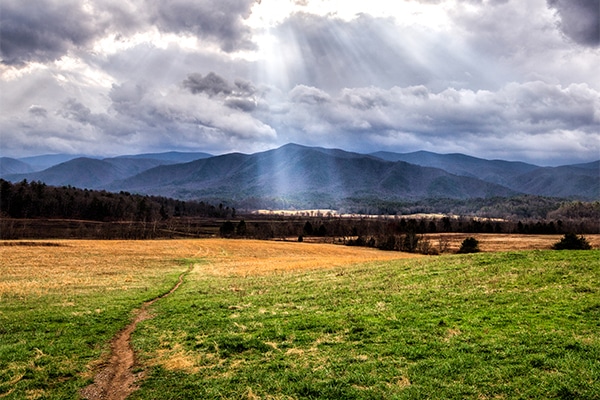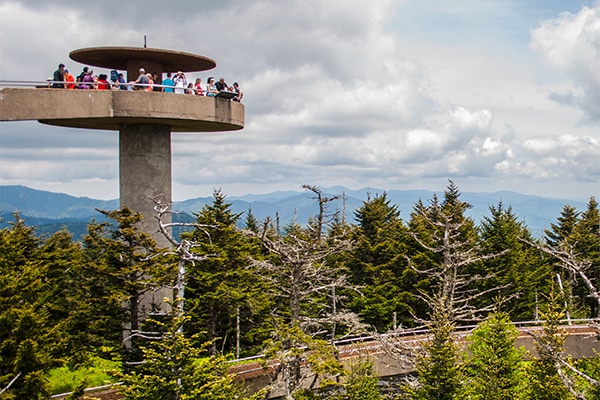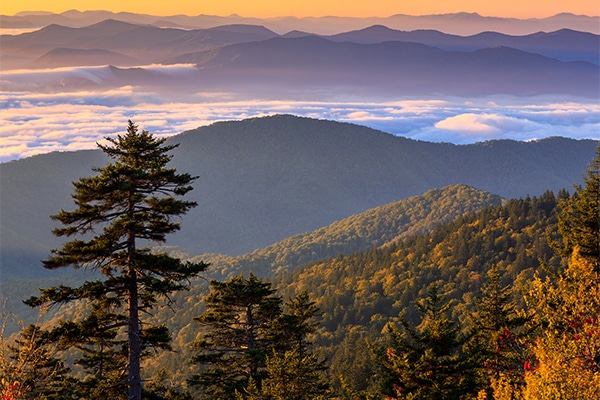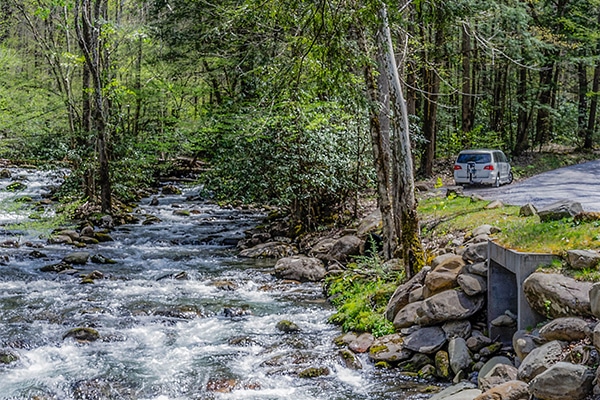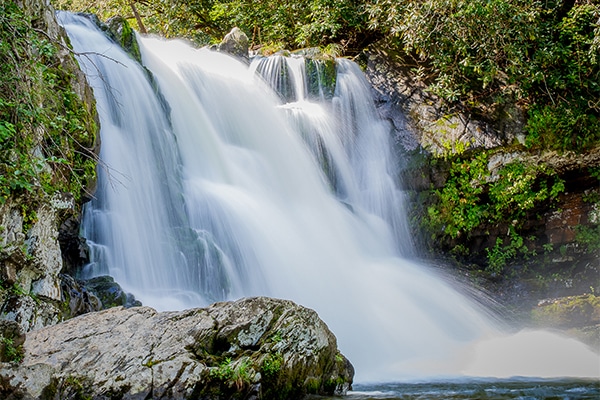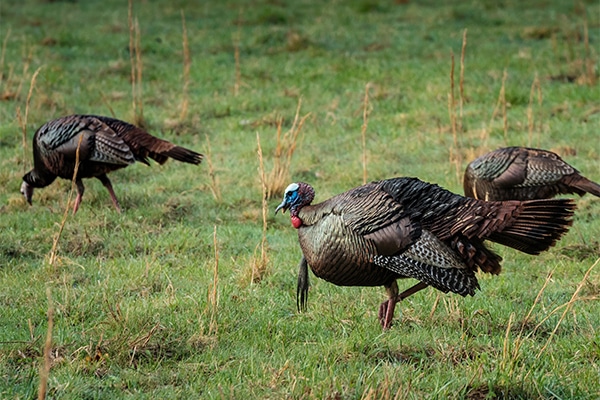WEATHER IN THE SMOKY MOUNTAINS
One of the most appealing aspects of the Smokies is the relatively temperate climate year-round. However, everyone knows that weather can be unpredictable so remember to plan accordingly and know what the Great Smoky Mountains weather is going to be like on your visit. Always double check the weather report because weather can differ greatly between the mountains and Pigeon Forge. Temperatures can vary 10-20 degrees Fahrenheit from the mountain base to the peak and rain might sneak up on your hiking trip. Don’t get caught unaware – know about the weather in the Smoky Mountains.


